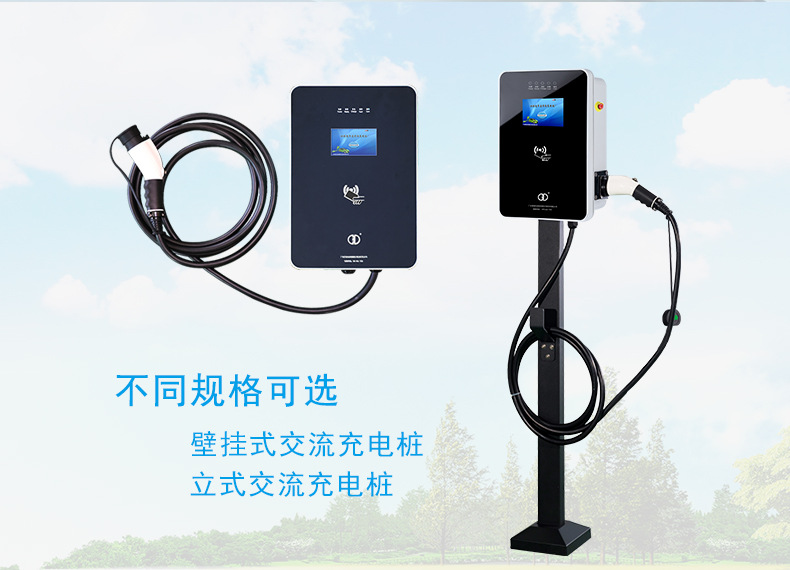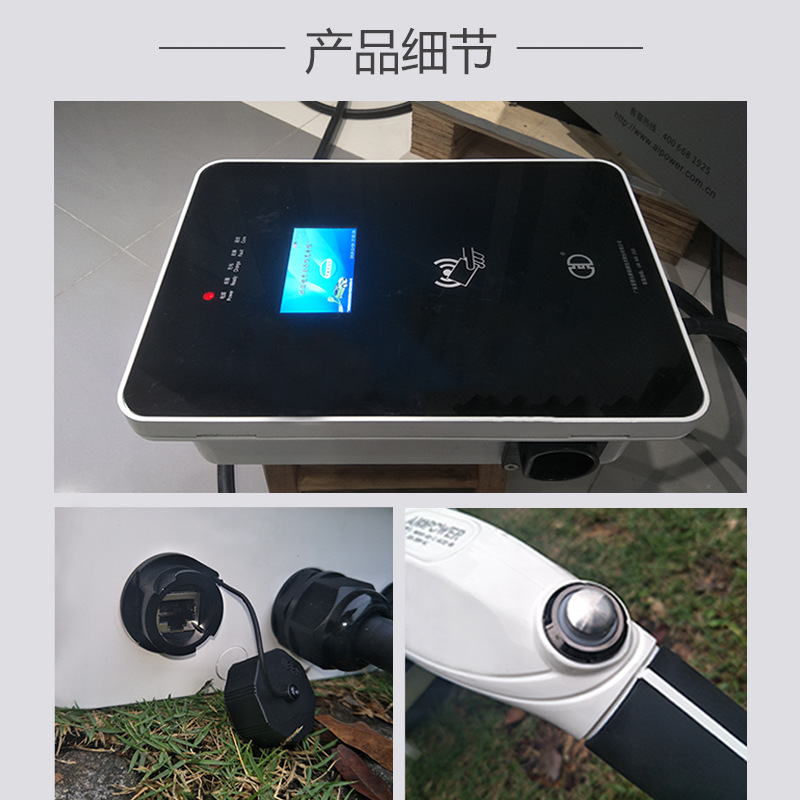The automotive industry has undergone a remarkable transformation in recent years, largely driven by the growing demand for environmentally friendly transportation solutions. One of the most significant developments in this domain is the advent of electric vehicles (EVs) and the infrastructure that supports them. Central to this transformation is the on board charger (OBC), a critical component that facilitates the efficient and convenient charging of electric vehicles. This article dives into the world of on-board chargers, exploring their importance, evolution, and future prospects.
The Essence of On-Board Chargers
An on-board charger, as the name suggests, is an essential component integrated within an electric vehicle that manages the charging process. Its primary function is to convert the alternating current (AC) from the charging station into direct current (DC) suitable for storing in the vehicle's battery. This conversion is crucial because the majority of EVs utilize lithium-ion battery packs, which store and release energy in the form of DC.
The on-board charger ensures that the charging process is both safe and efficient. It regulates the charging current, voltage, and temperature to prevent overcharging, which could damage the battery, and to optimize the battery's overall lifespan. Additionally, on-board chargers often include advanced features such as bidirectional charging, enabling power flow from the vehicle back to the grid—a capability that is becoming increasingly important as vehicle-to-grid (V2G) technology gains traction.

Evolution of On-Board Chargers
The history of on-board chargers can be traced back to the early days of EVs when charging technology was relatively basic. In the early 2000s, EVs featured basic charging systems that required long charging times and provided limited driving ranges. On-board chargers of that era were often bulky and not very efficient, resulting in slower charging rates.
However, as battery technology advanced and consumer demand for faster charging grew, the on-board charger landscape began to evolve. Modern on-board chargers have become significantly smaller, lighter, and more efficient. This transformation is largely attributed to advancements in power electronics, semiconductors, and thermal management systems.
Today's on-board chargers offer a range of power levels, allowing for varying charging speeds. Common power levels include 3.3 kW, 6.6 kW, 11 kW, and even higher for fast-charging applications. This flexibility enables EV owners to choose the charging speed that best suits their needs, whether they are looking for a quick top-up or a full charge overnight.
Challenges and Innovations
The development of on-board chargers has not been without its challenges. One of the primary obstacles has been balancing the need for faster charging with the limitations of battery technology. While faster charging is desirable, it must be executed in a way that preserves the battery's health and safety. As a result, charger manufacturers have had to focus on developing smart charging algorithms that optimize charging speed while maintaining the longevity of the battery.
Another challenge has been enhancing charger efficiency. Efficiency is critical not only for reducing energy consumption but also for minimizing heat generation during charging. Overheating can lead to reduced charger lifespan and, in extreme cases, safety hazards. To address this, engineers have incorporated advanced thermal management systems, heat sinks, and materials that dissipate heat more effectively.

The Future of On-Board Chargers
The future of on-board chargers is promising, with several trends poised to shape their evolution. One of the most exciting prospects is the integration of bidirectional charging capabilities. This will enable EVs to not only draw energy from the grid but also feed excess energy back into the grid or power other devices, effectively turning EVs into mobile energy storage units.
Furthermore, the rise of wireless charging technology could revolutionize the charging experience. Wireless charging eliminates the need for physical cables, allowing for more convenient and seamless charging. This technology is still in its early stages but has the potential to transform the way EVs are charged and parked.
In terms of power levels, on-board chargers are expected to continue increasing their capacity, enabling even faster charging times. This will be essential as EVs with larger battery capacities become more common, and consumers demand quicker charging to match their refueling habits with traditional internal combustion engine vehicles.
The on-board charger has emerged as a linchpin in the electric vehicle ecosystem, playing a vital role in the advancement of EV technology. From its humble beginnings as a basic charging component, the on-board charger has undergone remarkable improvements in terms of efficiency, size, and functionality. As the EV market continues to expand and mature, on-board chargers will remain at the forefront of innovation, enabling faster charging times, bidirectional energy flow, and more convenient charging experiences. With each evolution, the on-board charger brings us one step closer to a sustainable and electrified transportation future.
Next:The Correct Use of the Forklift Charger
Previous:The Intricacies of Matching Battery Packs with On-Board Charger
Contact Person: Miss. Kiki
| WhatsApp : | +8617763224709 |
|---|---|
| Skype : | +8617763224709 |
| WeChat : | +8617763224709 |
| Email : | kiki@lifepo4-battery.com |